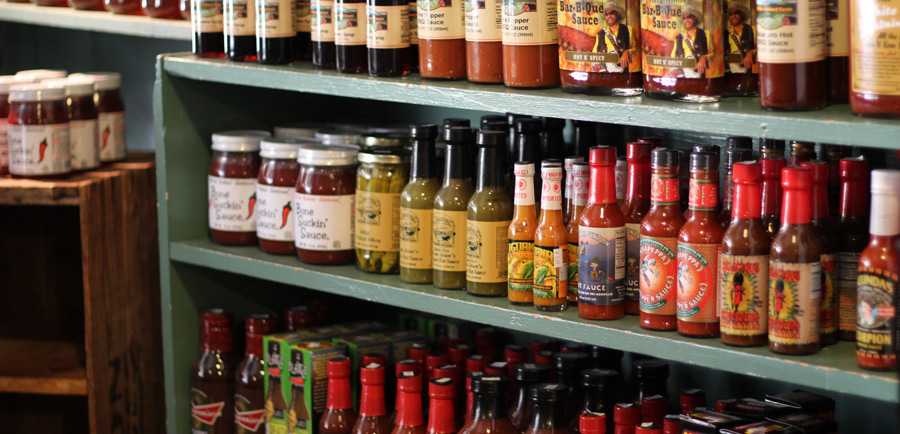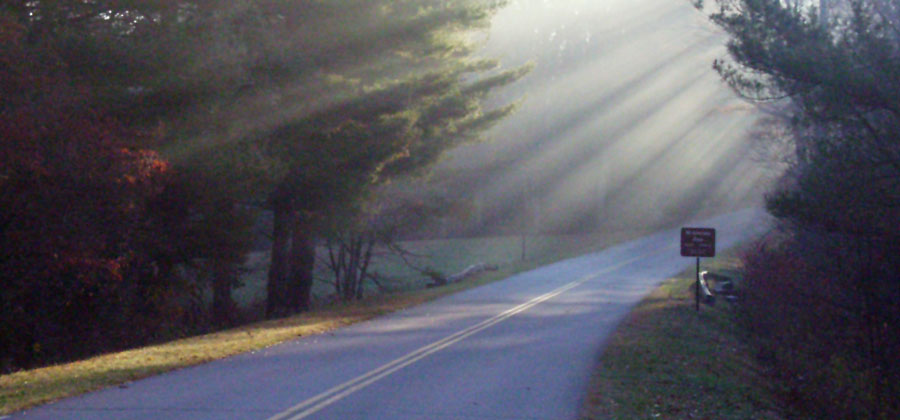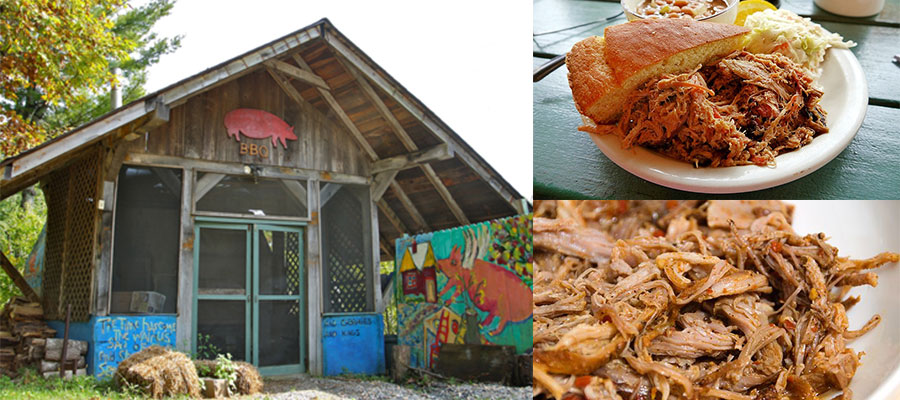February 2018
We’ve all read the news stories lately which debate the minimum wage laws for restaurant servers. It’s an interesting subject with many layers and even more points of view. Some people say all workers should be paid along the same scale. Others say that a low base rate with tipping added creates an incentive for the server to be attentive to their customers, smile and work hard to make customers happy.
In NC the minimum wage for servers right now is $2.13 hour. All servers however, must be guaranteed the minimum wage that other workers receive which is $7.25 hr. So at days end, tips should be counted and reported to the restaurant owner. If a servers hourly wage that day is less than the $7.25 an hour, the owner must make up the difference. So everyone in NC is guaranteed a basic minimum wage of $7.25 hour – even servers.
Taking into account the real cost of living in NC the real life minimum wages appear below. This information comes from the group livingwage.org.
The living wage shown is the hourly rate that an individual must earn to support their family, if they are the sole provider and are working full-time (2080 hours per year). All values are per adult in a family unless otherwise noted. The state minimum wage is the same for all individuals, regardless of how many dependents they may have. The poverty rate is typically quoted as gross annual income. We have converted it to an hourly wage for the sake of comparison.
|
Hourly Wages |
1 Adult |
1 Adult 1 Child |
1 Adult 2 Children |
1 Adult 3 Children |
2 Adults (1 Working) |
2 Adults (1 Working) 1 Child |
2 Adults (1 Working) 2 Children |
2 Adults (1 Working) 3 Children |
2 Adults (1 Working Part Time) 1 Child* |
2 Adults |
2 Adults 1 Child |
2 Adults 2 Children |
2 Adults 3 Children |
|
|
Living Wage |
$11.36 |
$23.80 |
$27.25 |
$34.16 |
$18.71 |
$21.55 |
$24.57 |
$27.15 |
$16.59 |
$9.35 |
$12.77 |
$15.20 |
$17.39 |
|
|
Poverty Wage |
$5.00 |
$7.00 |
$9.00 |
$11.00 |
$7.00 |
$9.00 |
$11.00 |
$13.00 |
$3.00 |
$4.00 |
$5.00 |
$6.00 |
||
|
Minimum Wage |
$7.25 |
$7.25 |
$7.25 |
$7.25 |
$7.25 |
$7.25 |
$7.25 |
$7.25 |
$7.25 |
$7.25 |
$7.25 |
$7.25 |
Lora and I struggle with this often. Can our menu afford to pay $27.25 an hour? No. Not at our price range. However, our servers do make that much on average. Let me repeat that…our servers make a good real living wage here. Our regular hourly wage kitchen & store workers do not. We do strive to pay above $11.00 or more per hour though. Is it enough? It’s doubtful. Not for seasonal employment.
President Trump is floating the idea that business owners should collect all tips and pay their people whatever they want above minimum wage. A laughable idea on so many levels.
I can imagine that there is a different argument for every other restaurant. An inexpensive burger place, a buffet restaurant, a deli with a walk up counter….it’s all different.
We work side by side with our employees. We sweat, get tired, get angry and joke with them all together. This is a poor community for sure. Hospitality is all that is left here but it is a growing industry and we are hopeful things will improve here for everyone. For us, being responsible to those we entrust with our business….that’s a paramount issue. We do our best to pay a decent wage and seek out the best workers. Our hope for the future is that all businesses, corporations and employers begin to understand that they have a moral obligation to treat workers fairly.



